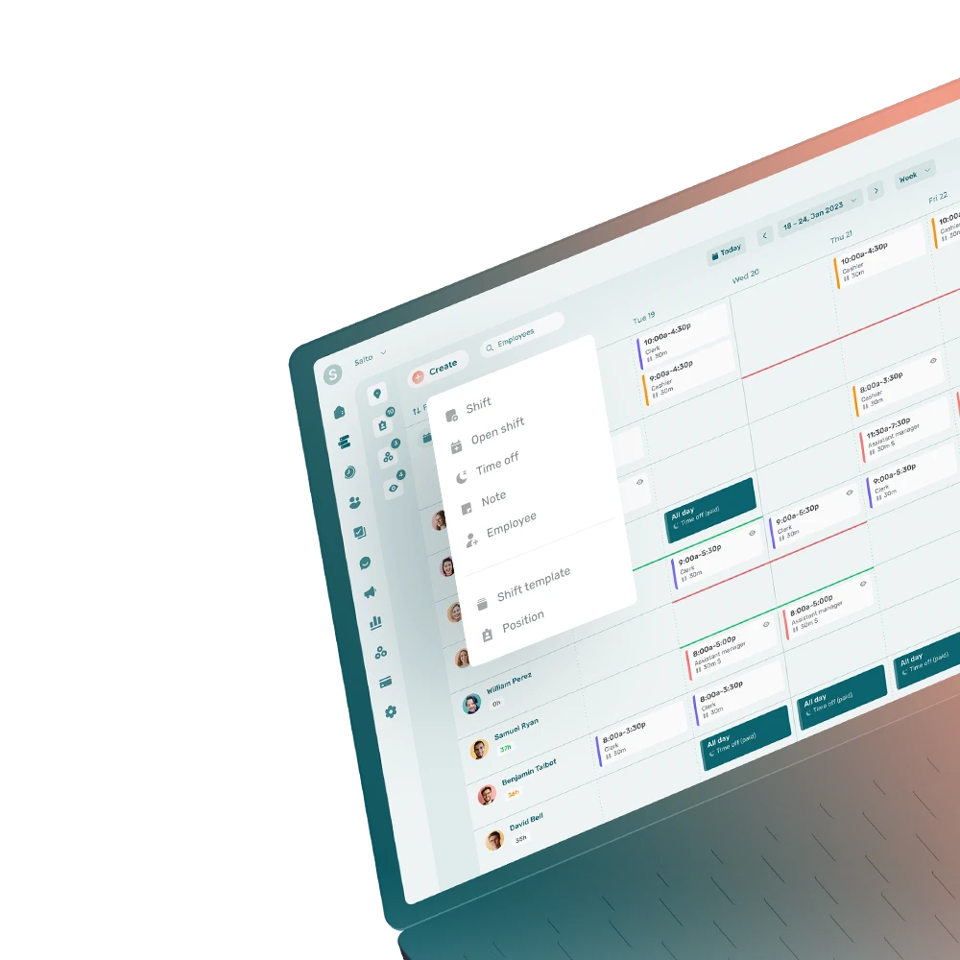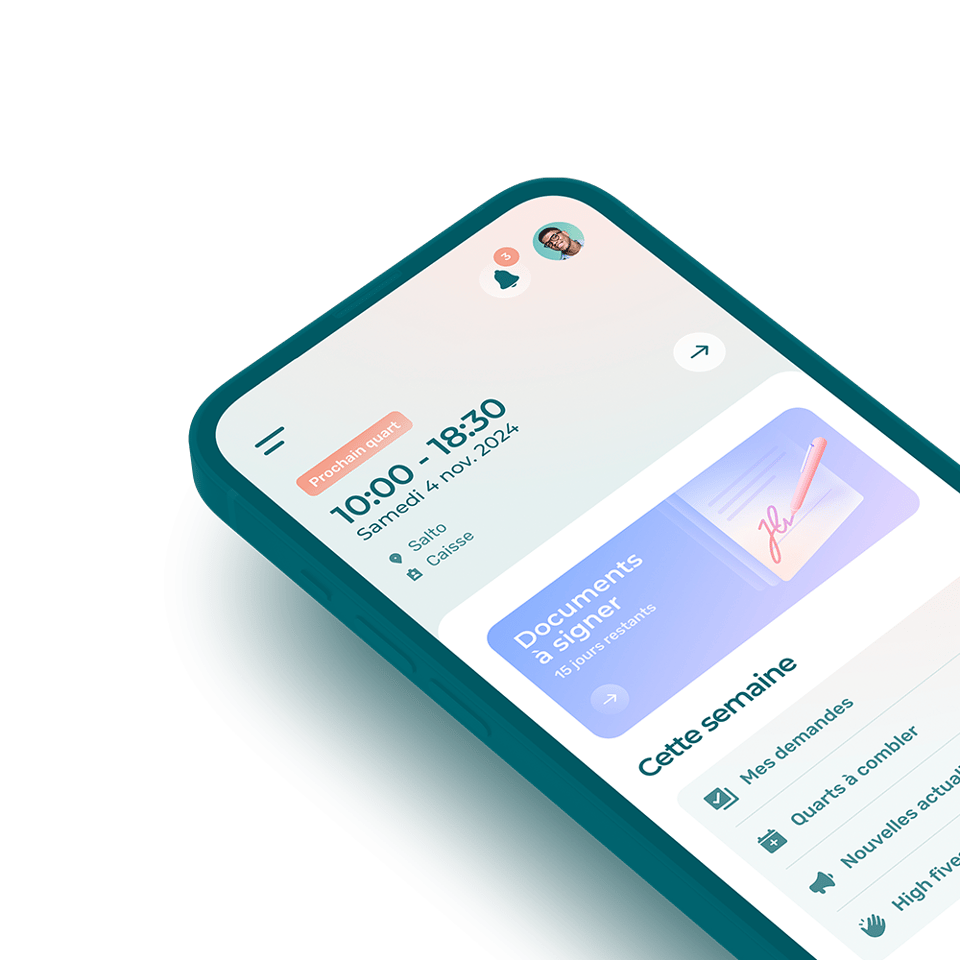Offboarding refers to the elements and tasks relating to the separation process between an employee and a company, including knowledge transfer, exit interviews, and severance terms, among others.
How to Manage Employee Offboarding?
The employee offboarding process may differ greatly depending on the job position, context, or reasons for the departure. However, most offboarding checklists include:
- Delegating the responsibilities of the employee;
- Managing user access rights and passwords;
- Turning in the equipment;
- Updating the organizational chart;
- Conducting the exit interview or gathering feedback;
- Updating the HR system (updating the employee information, managing paychecks, signing a non-compete agreement, etc.)
- Thanking the employee for their work.
What Is the Purpose of Offboarding?
The purpose of offboarding is to conclude the work relation in a professional and positive way. An effective offboarding process reduces the likelihood of an employee leaving with a negative impression of the company.
Why Is Offboarding Important for Employer Branding?
Offboarding is an important part of the work experience of an employee. It is often the last opportunity for an organization to demonstrate that it values its employees.
To build a positive employer branding, companies must be consistent in their efforts to make the work experience as positive as possible for all employees. This includes leaving a good impression on departing employees so they become long-term ambassadors.
What Are Common Offboarding Best Practices?
Common best practices for offboarding include:
- Conducting an exit interview to gather comments and suggestions from the departing employee;
- Making sure that all appropriate documentation is ready for the departing employee and the HR department;
- Ensuring a transfer of knowledge between the departing employee and other team members;
- Communicating the departure to others as soon as possible.




